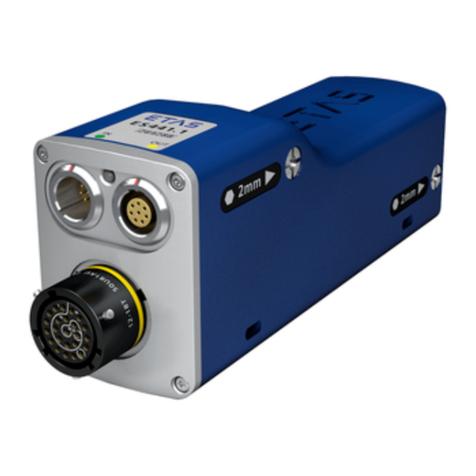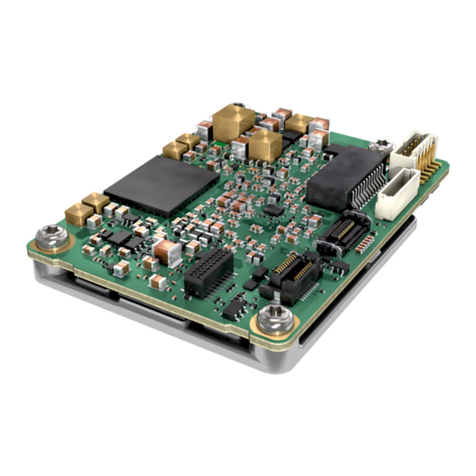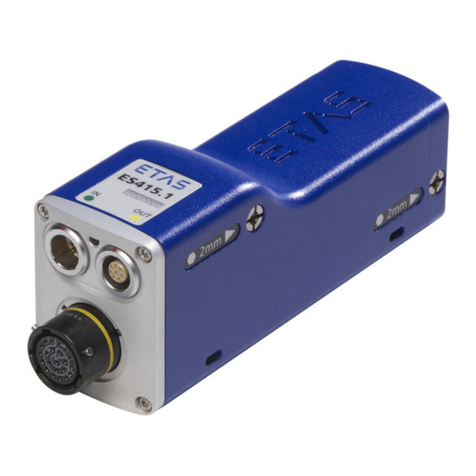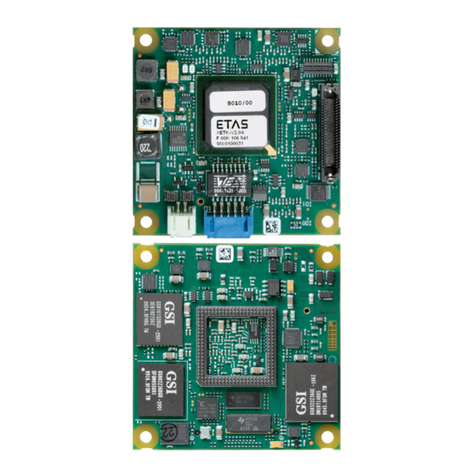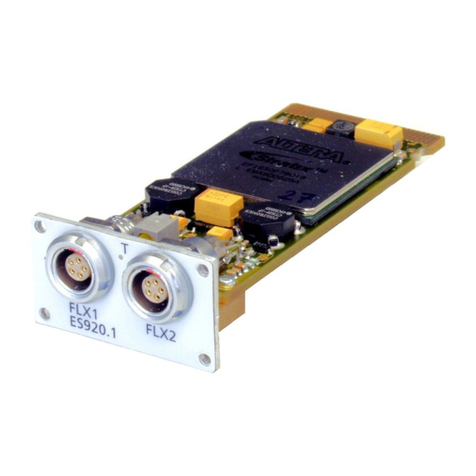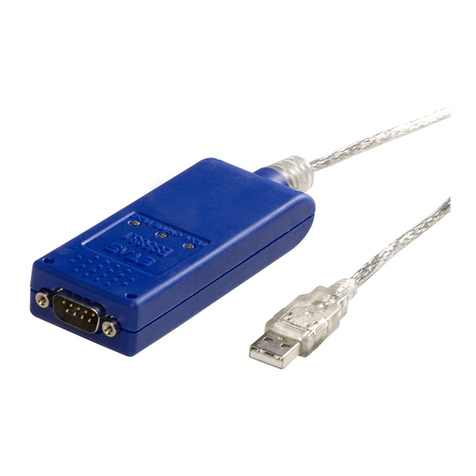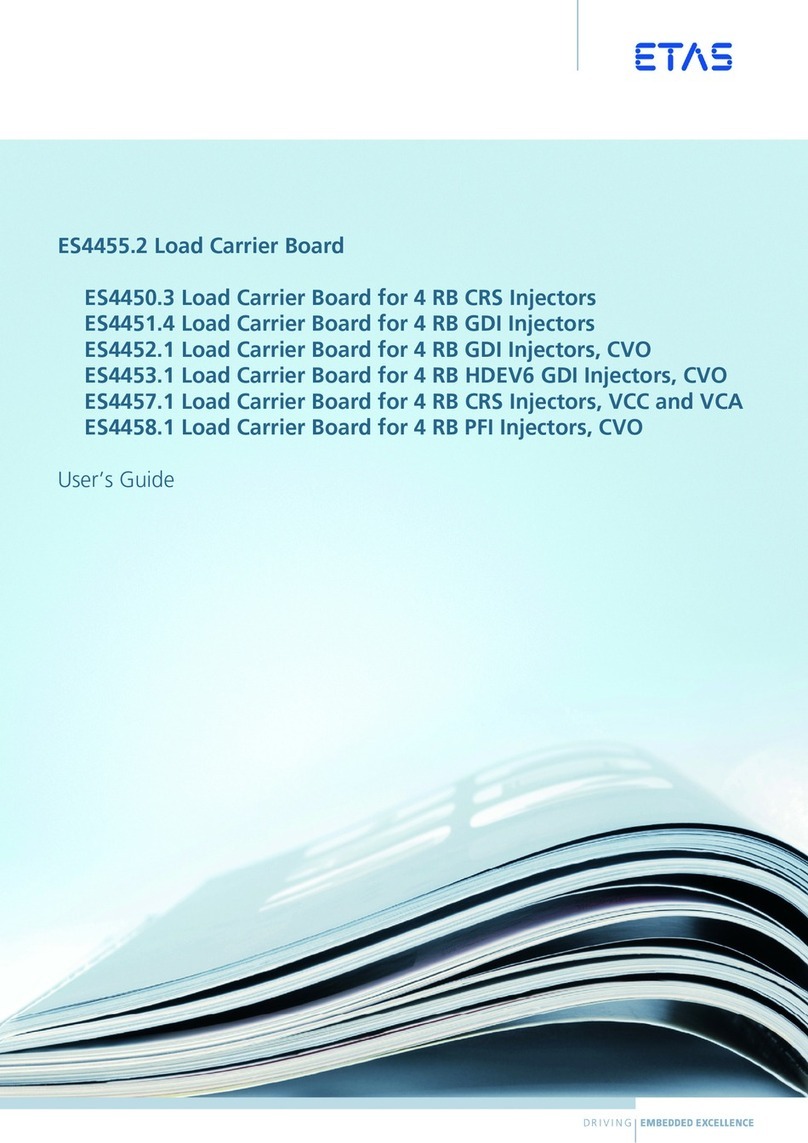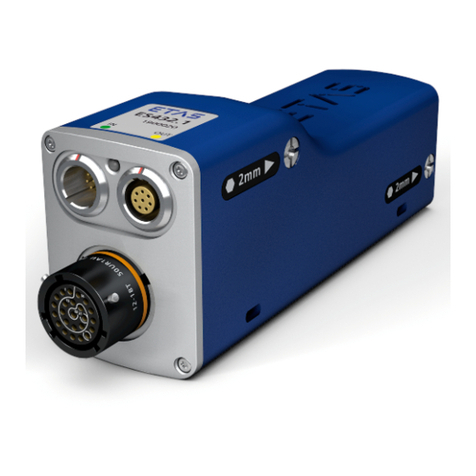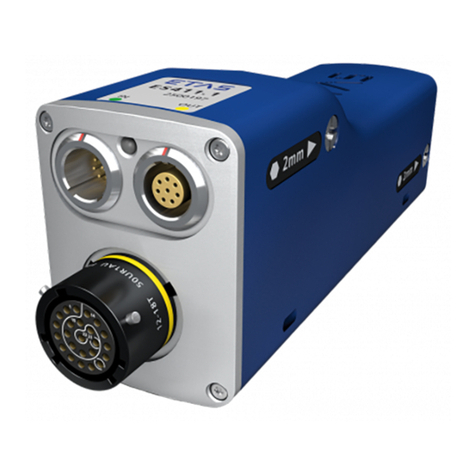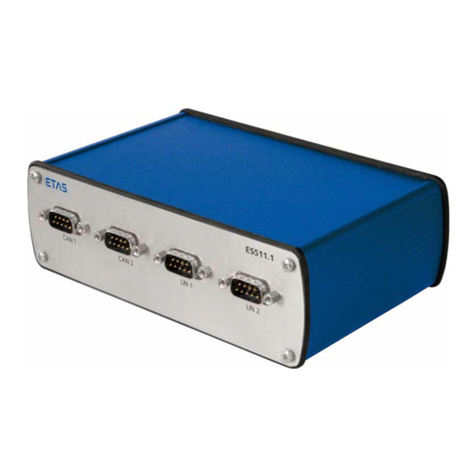
ES910.3-A - User’s Guide 4
ETAS Contents
4.3.1 ON/AUTO Switch in Position „ON“ . . . . . . . . . . . . . . . . . . . . . . . . 25
4.3.2 ON/AUTO Switch in Position „AUTO“ . . . . . . . . . . . . . . . . . . . . . . 26
4.4 Operational States . . . . . . . . . . . . . . . . . . . . . . . . . . . . . . . . . . . . . . . . . . . 26
4.4.1 Operational State: “Off” . . . . . . . . . . . . . . . . . . . . . . . . . . . . . . . . 26
4.4.2 Operational State: “Standby” . . . . . . . . . . . . . . . . . . . . . . . . . . . . 26
4.4.3 Operational State: “On” . . . . . . . . . . . . . . . . . . . . . . . . . . . . . . . . 26
4.5 “Wake-Up” Function . . . . . . . . . . . . . . . . . . . . . . . . . . . . . . . . . . . . . . . . . 26
4.6 Service Interface (SP) . . . . . . . . . . . . . . . . . . . . . . . . . . . . . . . . . . . . . . . . . . 28
4.6.1 “Manual Trigger” Function . . . . . . . . . . . . . . . . . . . . . . . . . . . . . . 28
4.6.2 “Wake Up Control” Pin. . . . . . . . . . . . . . . . . . . . . . . . . . . . . . . . . 29
4.7 PC Interface (PC) . . . . . . . . . . . . . . . . . . . . . . . . . . . . . . . . . . . . . . . . . . . . . 30
4.7.1 Mixed Network . . . . . . . . . . . . . . . . . . . . . . . . . . . . . . . . . . . . . . . 30
4.7.2 ES910.3-A Standalone Operation . . . . . . . . . . . . . . . . . . . . . . . . . 30
4.8 CAN Interface (CAN1/LIN1, CAN2/LIN2) . . . . . . . . . . . . . . . . . . . . . . . . . . . 30
4.8.1 Operating Modes . . . . . . . . . . . . . . . . . . . . . . . . . . . . . . . . . . . . . 30
4.8.2 Feature . . . . . . . . . . . . . . . . . . . . . . . . . . . . . . . . . . . . . . . . . . . . . 31
4.8.3 Bus Terminating Resistor . . . . . . . . . . . . . . . . . . . . . . . . . . . . . . . . 31
4.9 LIN Interface (CAN1/LIN1, CAN2/LIN2) . . . . . . . . . . . . . . . . . . . . . . . . . . . . 31
4.9.1 Operating Modes . . . . . . . . . . . . . . . . . . . . . . . . . . . . . . . . . . . . . 32
4.9.2 Feature . . . . . . . . . . . . . . . . . . . . . . . . . . . . . . . . . . . . . . . . . . . . . 32
4.9.3 Power Supply on the Bus . . . . . . . . . . . . . . . . . . . . . . . . . . . . . . . . 32
4.10 ETK Interface (ETK) . . . . . . . . . . . . . . . . . . . . . . . . . . . . . . . . . . . . . . . . . . . 32
4.10.1 Initialization. . . . . . . . . . . . . . . . . . . . . . . . . . . . . . . . . . . . . . . . . . 33
4.10.2 Operating Modes . . . . . . . . . . . . . . . . . . . . . . . . . . . . . . . . . . . . . 33
4.11 IO Interface (IO) . . . . . . . . . . . . . . . . . . . . . . . . . . . . . . . . . . . . . . . . . . . . . 34
4.11.1 Operating Modes . . . . . . . . . . . . . . . . . . . . . . . . . . . . . . . . . . . . . 34
4.11.2 "Daisy Chain" Operating Mode. . . . . . . . . . . . . . . . . . . . . . . . . . . 34
4.11.3 "EtherCAT" Operating Mode . . . . . . . . . . . . . . . . . . . . . . . . . . . . 35
4.11.4 Feature . . . . . . . . . . . . . . . . . . . . . . . . . . . . . . . . . . . . . . . . . . . . . 35
4.11.5 Overload for Rapid Prototyping Applications . . . . . . . . . . . . . . . . . 36
4.12 ECU Interface (ECU) . . . . . . . . . . . . . . . . . . . . . . . . . . . . . . . . . . . . . . . . . . 37
4.12.1 Connecting the Hardware and Configuration . . . . . . . . . . . . . . . . 37
4.12.2 Hardware Detection and Protocols. . . . . . . . . . . . . . . . . . . . . . . . . 38
4.12.3 "XETK / ECU with Ethernet Interface" Operating Mode . . . . . . . . . 38
4.12.4 "Ethernet Interface with iLinkRTTM Protocol" Operating Mode. . . . 39
4.12.5 "External Switch with ETAS Modules" Operating Mode. . . . . . . . . 40
4.12.6 Feature . . . . . . . . . . . . . . . . . . . . . . . . . . . . . . . . . . . . . . . . . . . . . 40
4.13 Extension Slot . . . . . . . . . . . . . . . . . . . . . . . . . . . . . . . . . . . . . . . . . . . . . . . 40
4.14 NVRAM . . . . . . . . . . . . . . . . . . . . . . . . . . . . . . . . . . . . . . . . . . . . . . . . . . . 40
4.15 Watchdog . . . . . . . . . . . . . . . . . . . . . . . . . . . . . . . . . . . . . . . . . . . . . . . . . 40
4.16 Real Time Clock . . . . . . . . . . . . . . . . . . . . . . . . . . . . . . . . . . . . . . . . . . . . . 41
4.17 Firmware . . . . . . . . . . . . . . . . . . . . . . . . . . . . . . . . . . . . . . . . . . . . . . . . . . 41
4.17.1 Firmware of the ES910.3-A . . . . . . . . . . . . . . . . . . . . . . . . . . . . . . 41
4.17.2 Firmware of the Modules mountable in the Extension Slot . . . . . . 41
5 Getting Started . . . . . . . . . . . . . . . . . . . . . . . . . . . . . . . . . . . . . . . . . . . . . . . . . . . 42
5.1 Transferring Dissipated Heat . . . . . . . . . . . . . . . . . . . . . . . . . . . . . . . . . . . . 42
5.1.1 Ventilation of the Module . . . . . . . . . . . . . . . . . . . . . . . . . . . . . . . 42
5.1.2 Monitoring the Temperature . . . . . . . . . . . . . . . . . . . . . . . . . . . . . 42















